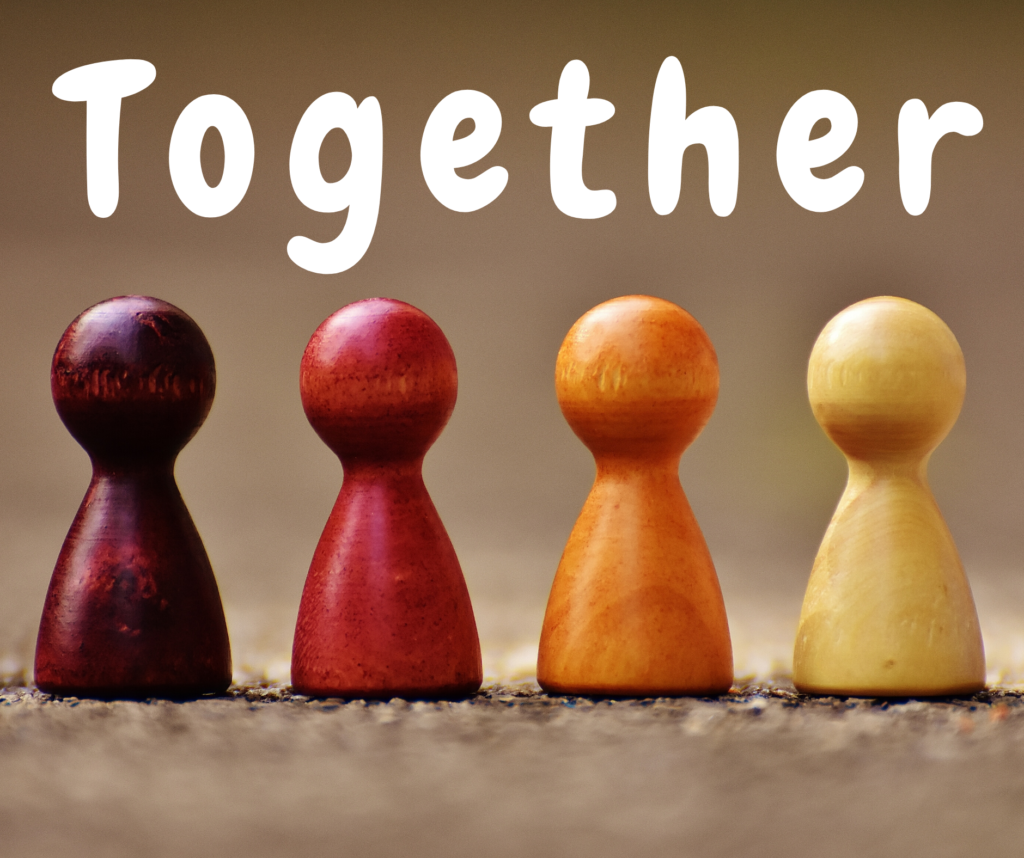

Over the course of the past week our lives have been turned upside down as the familiar structures and routines that govern them have suddenly come to a screeching halt in the face of coronavirus concerns and our government’s response to cancel school, sports, clubs, church, jobs, and most other events and activities that regulate our days. For many of us, this has brought with it stress, uncertainty, and fear of what the future will look like.
We know that our own stress also directly impacts our kids as well, even our toddlers and younger kids can pick up on our cues whether that’s through us explicitly talking about the fears we have or implicitly through the tension in our body language. Or maybe you have an older child or teen who is old enough to be aware of what is going on, and they are experiencing their own fears and anxieties about all the changes and uncertainty around them.
How do we balance our own fears and stress while we grapple with our children’s? How can we be a conduit of peace and security for them during this time? How can we take advantage of this period of social distancing to forge deeper connection with our kids?
One way we might think about this is through the lens of what Dr. Karyn Purvis called high structure and high nurture. When our kids feel out of control, it is common to see them acting out in ways based in fear. In order to calm the part of the brain that houses our reactive primitive fight, flight, freeze response, also called our survival brain, we need to feel safe. There is a difference between cognitively knowing we are safe and feeling like we are safe on a deeper experiential level. As we establish a sense of felt-safety, we can move from our survival brain to what Dr. Dan Siegel calls our upstairs brain, or the part of the brain that houses functions such as complex thought, reasoning, emotional processing and regulation, and body control.
When we are first able to establish felt-safety with our kids, they can begin to access their upstairs brain to think creatively and reflectively about getting their physical and emotional needs met. Felt-safety is foundational to creating an environment of high structure and high nurture. So how do we establish felt-safety and implement high structure when life feels chaotic and unpredictable?
From the beginning stages of infancy all the way to teenage years, one of the ways we can help establish high structure in the environment is by creating routines and rituals throughout the day. For our younger kids this will look like creating a predictable schedule for them to follow throughout the day. This might begin with a morning routine like waking up, brushing teeth, putting on clothes for the day, talking through the plan for the day, having predictable meal times and snack times, planning an activity or two such as playing games outside or doing an art activity, and incorporating a regular bedtime ritual like story time or praying together or cuddle time in addition to your bedtime routine. For an older child or teen it might look like consistent times throughout the day scheduled for them to do things like homework or chores, planning an activity to do together like playing a board game or watching a tv show or going on a walk together, and having dinner together. High structure is about putting boundaries in place that are firm, consistent, reasonable, and predictable.
A note: high structure does not mean that we refuse to flex at times on our plans or act unyieldingly towards our kids. Sometimes our kids may be having a bad day or might need something else in the moment, and we don’t have to stick to our plans rigidly if it is to the detriment of the relationship. When are kids are having a hard time going with our plans, then it might be a good time to try a compromise or give them some choices. In doing so, we can incorporate high nurture with our high structure by listening to them and letting them have a voice in the matter.
In addition to high structure, we also want to combine that with high nurture. All the activities listed above can have a connective element. Whether that is making meals together, doing various activities inside or outside, or making a game out of doing chores, we integrate high nurture when we bring our warmth, kindness, and compassion to our interactions as we seek to connect with our kids. In previous blog posts, I have written in-depth about the components of connection such as eye contact, tone of voice, physical touch, playful interaction, etc. All of these elements are meant to be incorporated into establishing high nurture in our relationships with our children. With our older children or teens, that might look like listening to them, validating their emotions, avoiding teaching or lecturing, making their favorite meal, having them teach you about something they enjoy, or leaving a sweet note on their bedside table for them to read before they go to bed.
Integrate high structure and high nurture as you bake your child’s favorite treat together. You can express the nurture component by reflecting joy and delight through your eye contact with your child throughout the experience; safe touch can happen when you high five them after putting the treat in the oven or maybe even getting silly by feeding each other a bite; your tone of voice is an important way to keep things fun and playful, which can be a challenge when it comes to baking with kids, especially if messes are hard for you. It is so important to watch your tone of voice when it comes to our kids as they are sensitive to hearing annoyance or frustration in the way we speak to them, which can set off the reactive part of their brains. We can implement structure by giving clear instructions and guidance as we bake. You can write the directions on a piece of paper and have your child check off each task as you go along. Offer encouragement and praise when your child is able to accomplish the task.
You can also incorporate high structure and high nurture while you go on a walk in the neighborhood with your kids. While we are practicing social distancing, you might give clear instructions beforehand about the need to keep their distance from others when passing people on the street, giving them a developmentally appropriate reason why. You can also do this by clearly guiding them with where you guys will go on the walk and by setting limits such as staying close to you or not going out in the street, etc. If your child is a teen, you might encourage high nurture by using this time to listen to what is going on in their life, asking them how they’re feeling about being out of school and how the virus is impacting their life. Use this time to focus on listening to them. Validate their feelings and experience without needing to find a silver lining, teach them a lesson, or solve their problem.
Here are some other ideas of ways that you can connect with your child or teen during social distancing:
- Watch movies or tv shows together
- Cook meals together
- Bake a fun treat together
- Go on walks or a run together outside
- Play a video game that your child or teen enjoys together
- Play basketball, throw a frisbee, or play catch outside with your child
- Play board games
- “Go” virtual shopping together
- Listen to music and have a dance party together
- Play games outside like Capture the Flag, Hide and Seek, Tag, Simon Says, Mother May I, Red Rover
- Read books together
- Make a game or a competition out of doing chores or household cleaning
- Do an artistic activity together like coloring or pain

This is a great article. I may be biased but there are a bunch of gold nuggets in here ;).